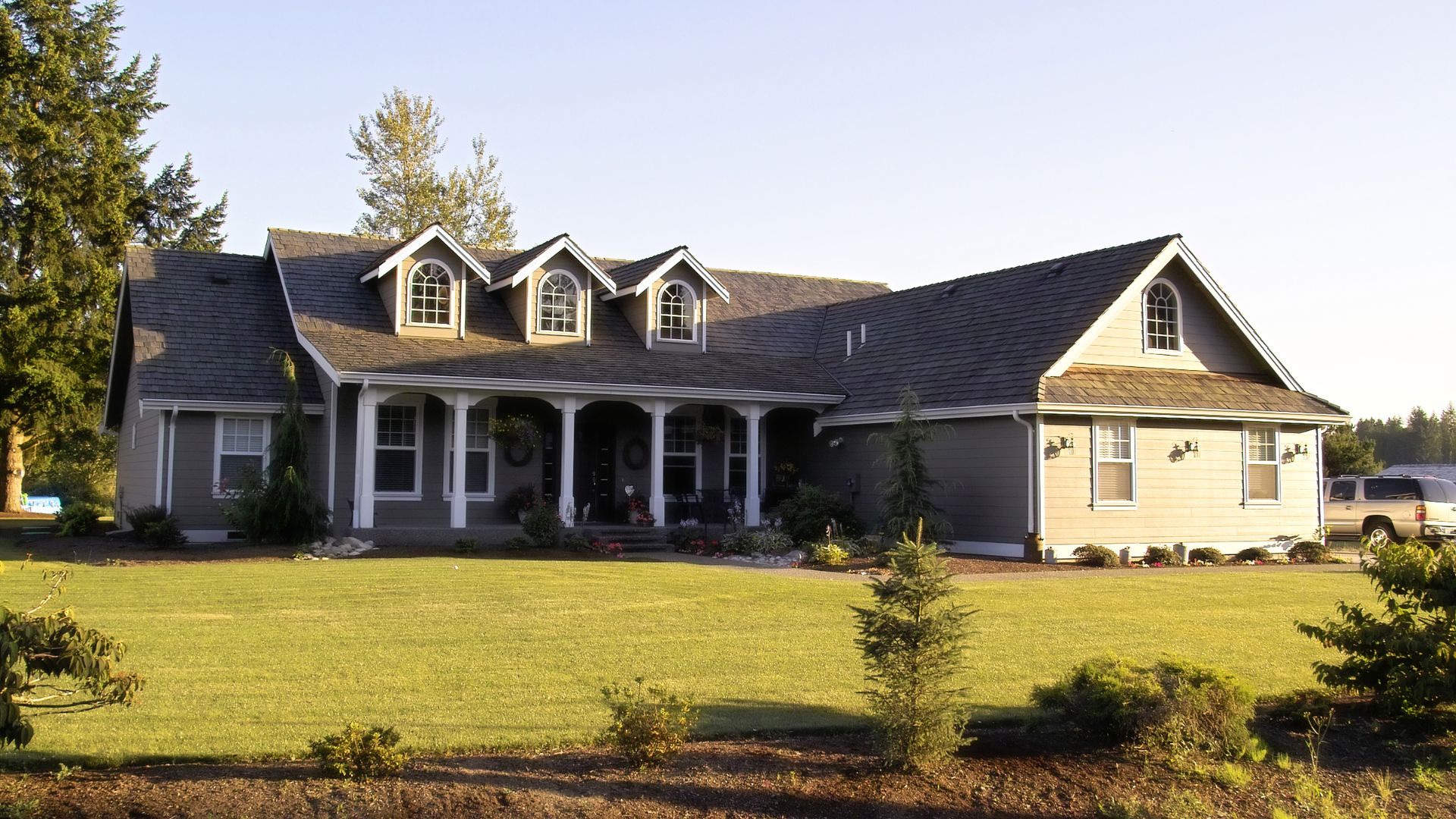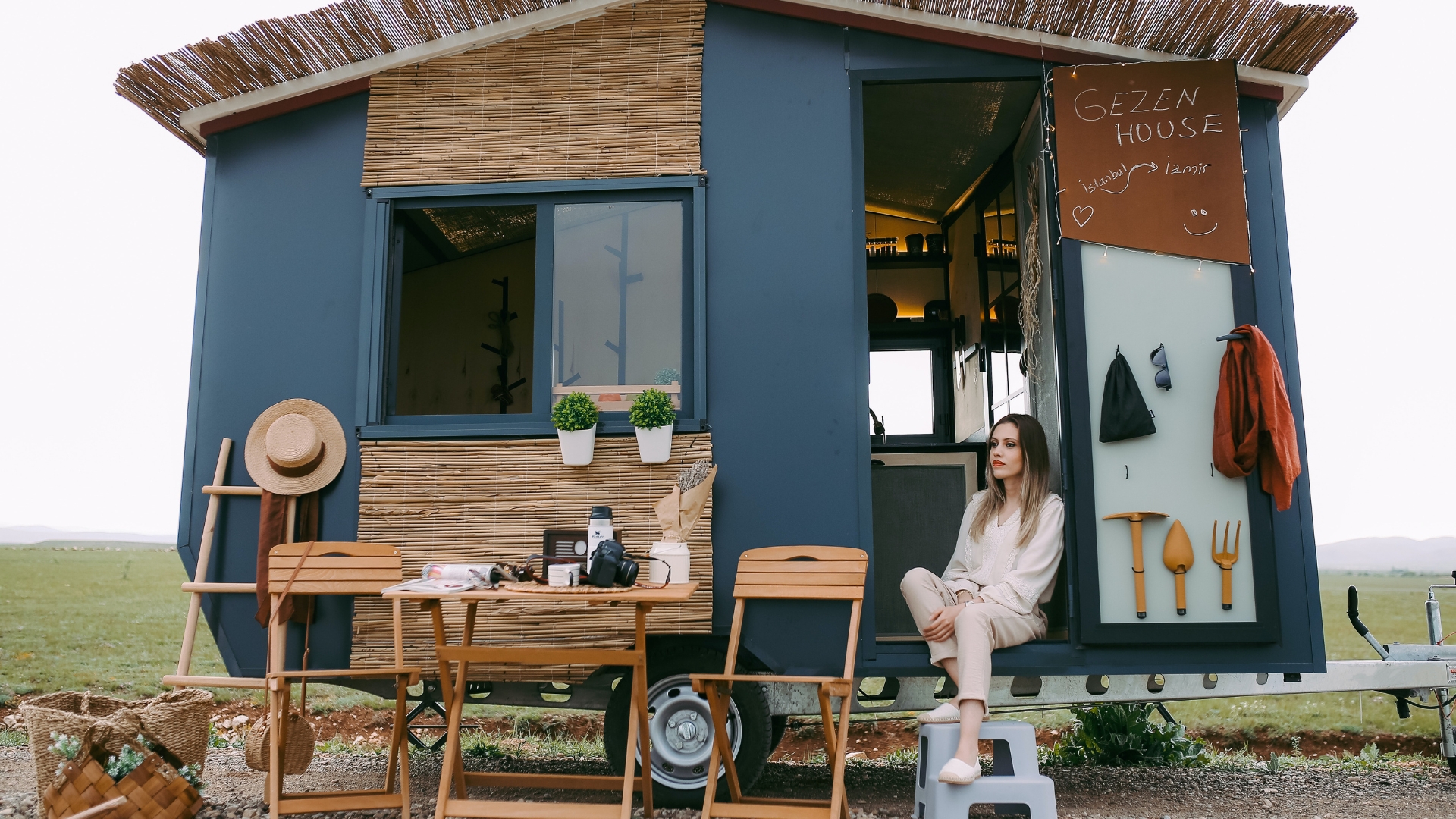Following an extended period of robust home-buying activity, Edmonton’s residential housing market has moderated. Driven by immigration and in-migration, the city’s population grew by almost nine per cent between 2022 and 2024, bringing the total number of residents in the Edmonton CMA to more than 1.6 million and sparking unprecedented demand for housing.
More balanced market conditions have emerged in Edmonton this year, with the fall market expected to slightly favour the seller. There are, however, some exceptions to the rule, including strong activity for condominiums priced under $200,000, townhomes at the $300,000 price point, single-detached homes between $400,000 and $600,000, and the luxury segment ranging from $1 million to $1.5 million.
Multiple offers are still occurring, although they tend to be limited to the $400,000 to $600,000 price point. Greater confidence in the overall market has created some momentum, but the consensus is that the urgency that characterized the pandemic years has subsided. Infill homes that are in various stages of construction at the top end are being scooped up, with buyers worried that tariffs and trade shortages will raise the cost of new builds opting for product that is almost completed.
While the Edmonton CMA had a home-ownership rate of 68.7 per cent according to the 2021 Statistics Canada Census, the rate is down from the peak level of 70.6 per cent reported in 2011. Despite the decline, the market is still seeing younger buyers who are willing to invest a little sweat equity to realize home ownership. Many are seeking wartime and mid-century modern bungalows in premium amenity-rich neighbourhoods where they can renovate to their tastes and include a basement suite for additional income. Some buyers are moving to smaller surrounding communities north of St. Albert’s, where housing values are lower, such as Fort Saskatchewan and Morinville — areas where freehold properties can be had for $250,000. Others are moving further afield, purchasing recreational homes on 80 to 100 acres, or even going off-grid.
Inventory levels are rising, and an adequate supply of homes is available at every price point. Edmonton is committed to building “missing middle” housing before it’s missing, which has helped keep price appreciation stable in the city.
Edmonton has traditionally been considered one of those boom/bust markets, but the influx of new residents, combined with the recent campaign to attract business to the province, has led to the maturation of the city. Since 1994, population has risen by close to 87 per cent, placing Edmonton second among the fastest-growing cities of the nine markets examined in the REMAX report. With its combination of affordability, economic opportunity, cultural vibrancy and abundant green space, Edmonton offers buyers the ability to put down roots without the burden of being house-rich and cash-poor. It does so, while offering a bustling urban centre with an abundance of amenities that rival many major markets — great shops and restaurants, unique and trendy neighbourhoods, extensive job prospects, an international airport and more. Solid fundamentals, including the economic diversity of the city and its younger overall population, have it well-positioned for further expansion. For many, the move to Edmonton represents an investment in both quality of life and the future.






